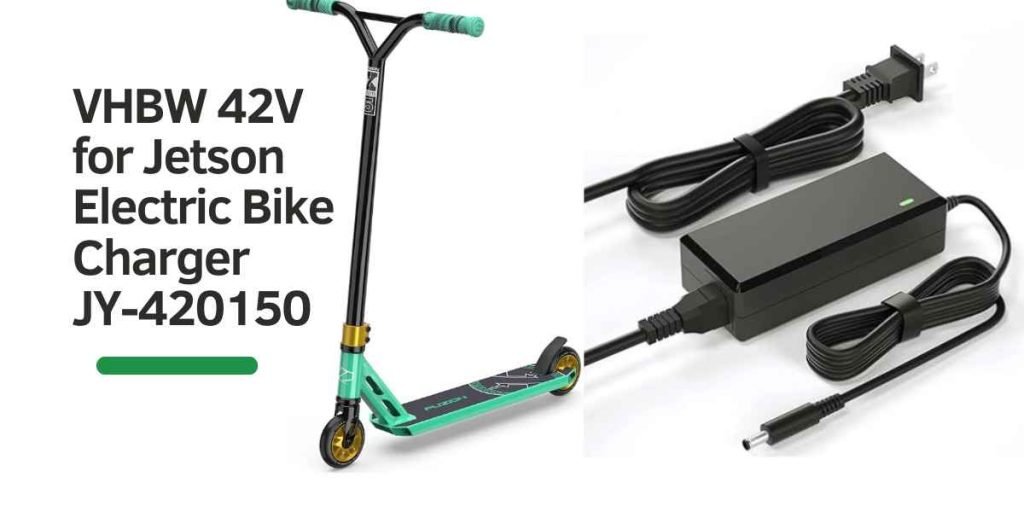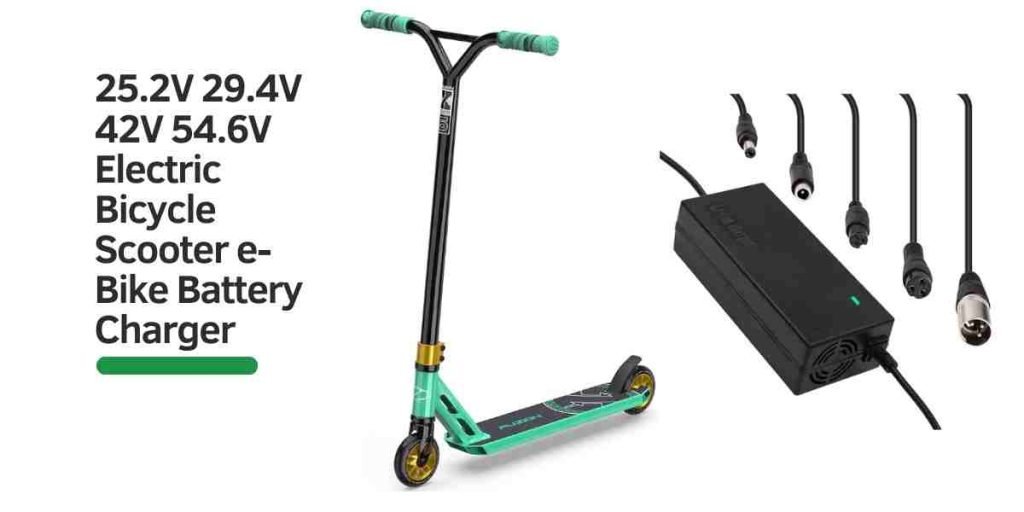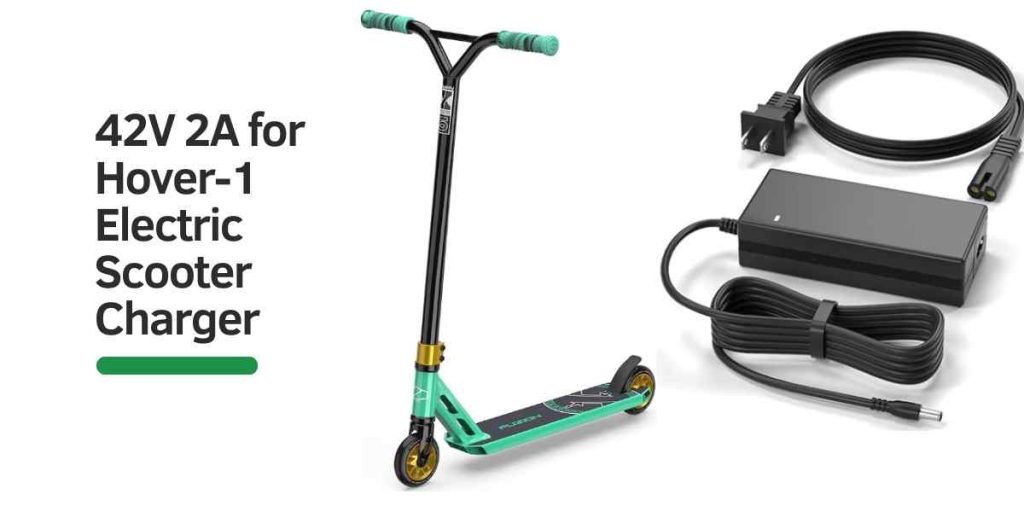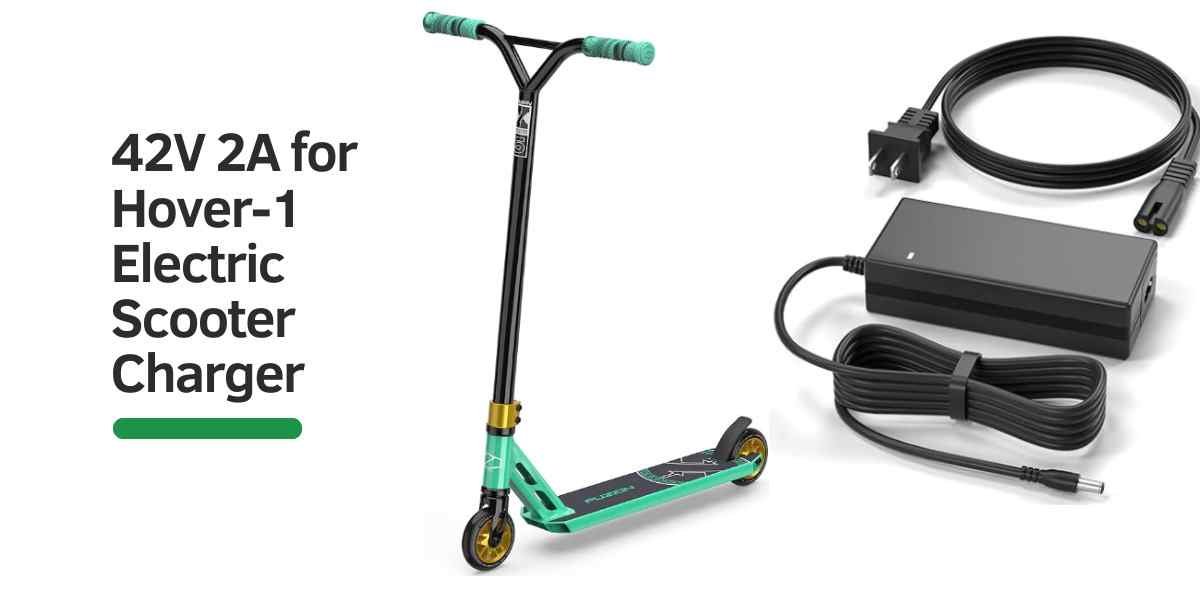The Evolution, Technology, and Impact of E-Scooter Chargers
Table of Contents
Introduction
- Overview of E-Scooters
- Importance of Chargers
History of E-Scooters and Their Chargers
- Early Development
- Technological Advancements
Types of E-Scooter Chargers
- Standard Chargers
- Fast Chargers
- Portable Chargers
Technical Aspects of E-Scooter Chargers
- Charging Mechanisms
- Battery Types and Compatibility
- Safety Features
E-Scooter Charger Manufacturing and Key Players
- Leading Manufacturers
- Market Dynamics
Environmental Impact
- Energy Consumption
- E-Waste and Recycling
Consumer Considerations
- Choosing the Right Charger
- Maintenance and Care
Challenges and Innovations
- Technological Challenges
- Emerging Technologies
Regulations and Standards
- Safety Standards
- Regional Regulations
Future Trends
- Innovation in Charging Technologies
- Market Predictions
Conclusion
- Recap of Key Points
- Final Thoughts
1. Introduction
Overview of E-Scooters
Electric scooters, commonly known as e-scooters, have rapidly gained popularity as a convenient, eco-friendly mode of urban transportation. They offer a practical solution for short-distance travel, reducing traffic congestion and pollution. Their rise in cities around the world has been meteoric, driven by advancements in battery technology, urban mobility trends, and a growing demand for sustainable transportation options.
Importance of Chargers
The performance and usability of e-scooters heavily depend on the efficiency and reliability of their chargers. E-scooter chargers are critical components that ensure the batteries are recharged quickly and safely, enabling users to maximize the utility of their scooters. As the e-scooter market expands, so does the need for effective charging solutions, making the study of e-scooter chargers a significant topic in the realm of urban mobility and sustainable technology.

2. History of E-Scooters and Their Chargers
Early Development
The concept of electric scooters dates back to the late 19th and early 20th centuries, with the invention of early electric motor-powered vehicles. However, it wasn’t until the late 1990s and early 2000s that e-scooters began to emerge as a viable mode of transportation. Initial models were bulky and had limited range and speed, partly due to the constraints of battery and charging technology at the time.
Technological Advancements
Advancements in lithium-ion battery technology in the early 21st century were pivotal for the e-scooter industry. These batteries offered higher energy densities, longer lifespans, and quicker charging times compared to their predecessors. Consequently, e-scooters became lighter, more efficient, and more appealing to consumers. Chargers also evolved, becoming more sophisticated and tailored to meet the specific needs of these new battery technologies.
3. Types of E-Scooter Chargers
Standard Chargers
Standard chargers are the most common type of e-scooter chargers. They typically provide a moderate charging speed, balancing efficiency with safety. These chargers are designed to be compatible with a wide range of e-scooter models, making them versatile and widely used.
Fast Chargers
Fast chargers offer significantly reduced charging times compared to standard chargers. They achieve this by delivering a higher current to the battery, which allows for quicker energy transfer. Fast chargers are particularly beneficial for users who need to recharge their e-scooters quickly, such as for commuting or in shared e-scooter fleets.

Portable Chargers
Portable chargers are compact and lightweight, designed for convenience and mobility. They allow users to charge their e-scooters on the go, which is particularly useful for long journeys or in areas where charging stations are not readily available. These chargers typically have lower power outputs to maintain portability and safety.
4. Technical Aspects of E-Scooter Chargers
Charging Mechanisms
E-scooter chargers typically convert AC (alternating current) from a power outlet into DC (direct current) suitable for charging the battery. This process involves several components, including rectifiers, transformers, and voltage regulators, to ensure the appropriate current and voltage levels are supplied to the battery.
Battery Types and Compatibility
E-scooters primarily use lithium-ion (Li-ion) batteries due to their high energy density and long cycle life. Chargers need to be compatible with these batteries, providing the correct voltage and current to avoid overcharging or damaging the battery. Some advanced chargers are equipped with smart technology to optimize the charging process based on the battery’s condition and usage patterns.
Safety Features
Safety is a crucial aspect of e-scooter chargers. Modern chargers are equipped with various safety features, such as overcharge protection, short circuit protection, and temperature regulation. These features help prevent accidents and prolong the lifespan of both the charger and the battery.
5. E-Scooter Charger Manufacturing and Key Players
Leading Manufacturers
The e-scooter charger market is dominated by several key players who have established themselves as leaders in the industry. Companies such as Segway-Ninebot, Xiaomi, and Razor not only produce e-scooters but also manufacture compatible chargers. Other specialized companies focus exclusively on developing high-quality charging solutions for various e-scooter brands.
Market Dynamics
The e-scooter charger market is characterized by rapid growth and innovation. With the increasing adoption of e-scooters, the demand for efficient and reliable chargers is also on the rise. This has led to a competitive market where companies continually strive to improve their products and gain a larger market share.
6. Environmental Impact
Energy Consumption
The environmental impact of e-scooter chargers is an important consideration. While e-scooters themselves are seen as environmentally friendly, the energy used to charge them can contribute to their overall carbon footprint. It is crucial to ensure that the electricity used for charging comes from renewable sources to maximize the environmental benefits of e-scooters.
E-Waste and Recycling
The proliferation of e-scooters and their chargers also raises concerns about electronic waste (e-waste). Proper disposal and recycling of old or damaged chargers are essential to minimize their environmental impact. Manufacturers and consumers alike need to be aware of the importance of recycling and the availability of recycling programs for e-scooter components.
7. Consumer Considerations
Choosing the Right Charger
For consumers, selecting the right e-scooter charger involves considering several factors, such as compatibility with their specific e-scooter model, charging speed, portability, and safety features. It is also important to choose chargers from reputable manufacturers to ensure quality and reliability.

Maintenance and Care
Proper maintenance and care of e-scooter chargers can extend their lifespan and ensure safe operation. This includes regularly checking for damage, keeping the charger clean and dry, and following the manufacturer’s instructions for use. Users should also avoid using chargers with visible defects or those that produce unusual sounds or heat.
8. Challenges and Innovations
Technological Challenges
The development of e-scooter chargers faces several technological challenges, such as improving charging speed without compromising safety, enhancing compatibility with different battery types, and reducing the overall size and weight of chargers. Additionally, the integration of smart technology to monitor and optimize charging processes is an ongoing area of research and development.
Emerging Technologies
Innovations in e-scooter charging technology include wireless charging, which eliminates the need for physical connectors, and the use of renewable energy sources for charging stations. These emerging technologies have the potential to further enhance the convenience and sustainability of e-scooters.
9. Regulations and Standards
Safety Standards
E-scooter chargers must adhere to strict safety standards to prevent accidents and ensure reliable performance. These standards cover aspects such as electrical safety, electromagnetic compatibility, and environmental impact. Compliance with these standards is mandatory for manufacturers and is often verified through certification processes.
Regional Regulations
Regulations for e-scooter chargers can vary significantly by region. Some areas have specific requirements for the sale and use of chargers, including restrictions on power output and mandatory safety features. Consumers and manufacturers need to be aware of and comply with these regulations to avoid legal issues and ensure the safe use of e-scooters.
10. Future Trends
Innovation in Charging Technologies
The future of e-scooter chargers is likely to be shaped by continuous innovation. This includes the development of faster, more efficient chargers, the integration of renewable energy sources, and advancements in battery technology that could reduce the need for frequent charging. Wireless charging and smart chargers that can communicate with the e-scooter to optimize the charging process are also promising trends.
Market Predictions
As the popularity of e-scooters continues to grow, the market for e-scooter chargers is expected to expand accordingly. This growth will likely be accompanied by increased competition and innovation, leading to better and more affordable charging solutions for consumers. Additionally, the shift towards sustainability will drive demand for eco-friendly chargers and charging infrastructure.
11. Conclusion
Recap of Key Points
E-scooter chargers are a vital component of the e-scooter ecosystem, ensuring that these vehicles remain a convenient and sustainable mode of transportation. The history and development of e-scooter chargers have been marked by significant technological advancements, resulting in a variety of charger types tailored to different needs. The environmental impact of chargers, consumer considerations, and the regulatory landscape are all important factors influencing the market.
Final Thoughts
As e-scooters become an increasingly common sight in urban areas, the importance of reliable and efficient charging solutions cannot be overstated. Continued innovation and adherence to safety and environmental standards will be crucial in shaping the future of e-scooter chargers. By addressing current challenges and embracing emerging technologies, the industry can ensure that

